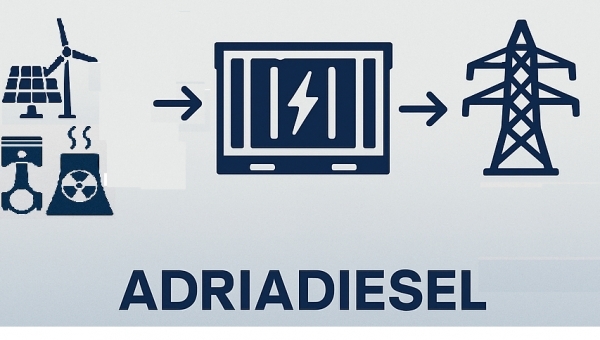Is €1.6 billion enough to prevent a grid collapse?
How much did the Iberian blackout really cost – and what could have been done with that money?
Author: Dr. Nenad Končar, MSc EE
Date: May 2, 2025
€1.6 billion – the cost of inaction
In April 2025, the Iberian Peninsula experienced a historic power grid collapse. Millions in Spain and Portugal were left without electricity.
According to Spain’s leading business association (CEOE), the damages amounted to at least €1.6 billion – in Spain alone.
Other sources, like RBC Capital, estimate the cost at €2.25 to €4.5 billion, making this the most expensive energy incident in European history.
But the key question is: Could it have been avoided?
And if yes – what could €1.6 billion have achieved?
What could have been done with €1.6 billion?
Grid collapses are rare – but not random. They usually result from:
- Frequency imbalance,
- Technical limits of renewables in grid support,
- Lack of inertia and reactive power,
- Absence of local reserves at the right time and place.
With €1.6 billion, we could have built:
| Battery Strategy | Capacity | Estimated Cost (€) | Coverage |
| Regional battery hubs (10x) | 50 MWh x 10 | ~€150 million | Cities with >200,000 residents |
| National grid stabilization | 500 MWh | ~€600–750 million | Full frequency and voltage support |
| Distributed black-start units | 100 locations | ~€300 million | Restart capability across Iberia |
| Surplus for upgrades and control | — | ~€400–500 million | Battery replacement, EMS, control systems |
Total cost: ~€1.5 billion – less than a single collapse.
Not just protection – but a return on investment
Battery systems don’t just protect – they:
- Participate in frequency containment reserves (FCR),
- Reduce solar and wind curtailment,
- Enable peak shaving and price arbitrage,
- Provide black-start capabilities,
- Lower reliance on gas backup.
ROI: 4–7 years, depending on market conditions.
How did we get here? A gap in EU grid strategy
The EU plans to invest €584 billion in grid upgrades by 2030 (European Commission).
Yet the Iberian incident shows:
- Software alone isn’t enough,
- Interconnection can’t solve local instability,
- Renewables need fast, local battery support to be reliable.
Spain and Portugal are energy leaders – but even the most advanced grids are vulnerable without proper battery deployment.
Adriadiesel’s solution: Modular, fast, scalable
Adriadiesel is developing containerized battery systems using second-life EV batteries:
- 1.5 MWh per container, scalable from local to national level,
- Built-in frequency and voltage support,
- Compatible with solar, wind, and grid systems,
- Managed by advanced EMS for safety and degradation tracking.
These systems could have mitigated or entirely prevented the Iberian collapse – and they are available today.
Conclusion: Pay now – or pay more later
€1.6 billion can either be written off as a loss, or invested to ensure it never happens again.
The technology exists.
The economics work.
All that’s missing is a strategy shift – from reactive to resilient.
Contact us.
If you're a grid operator, utility, regulator, or investor – Adriadiesel is ready to partner.
Email: This email address is being protected from spambots. You need JavaScript enabled to view it.











